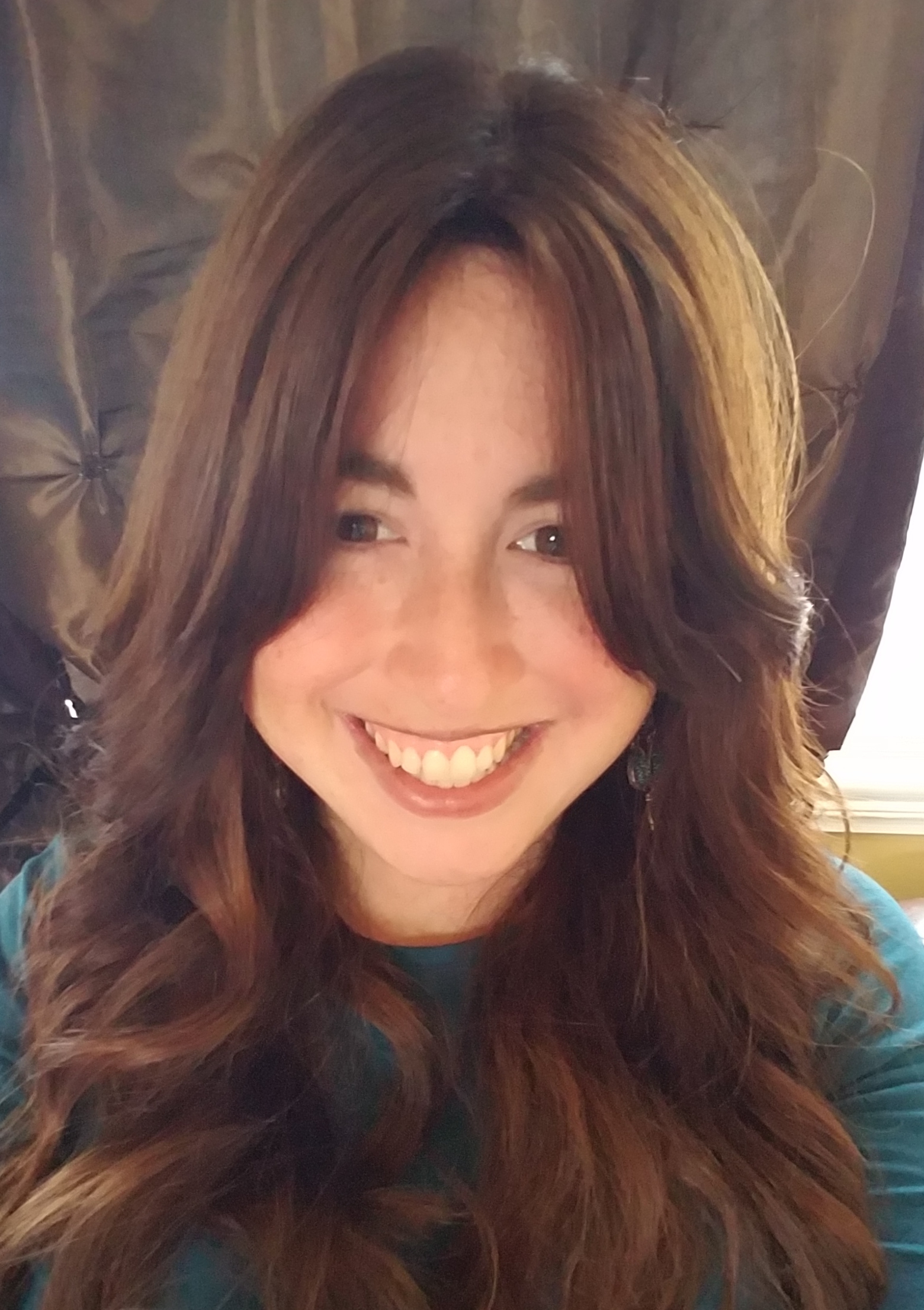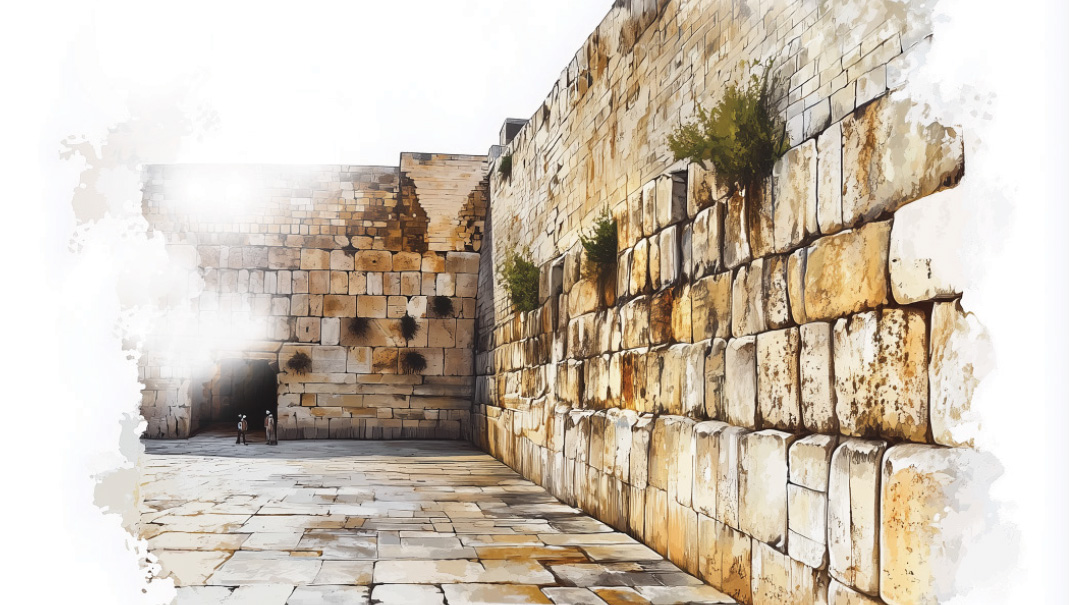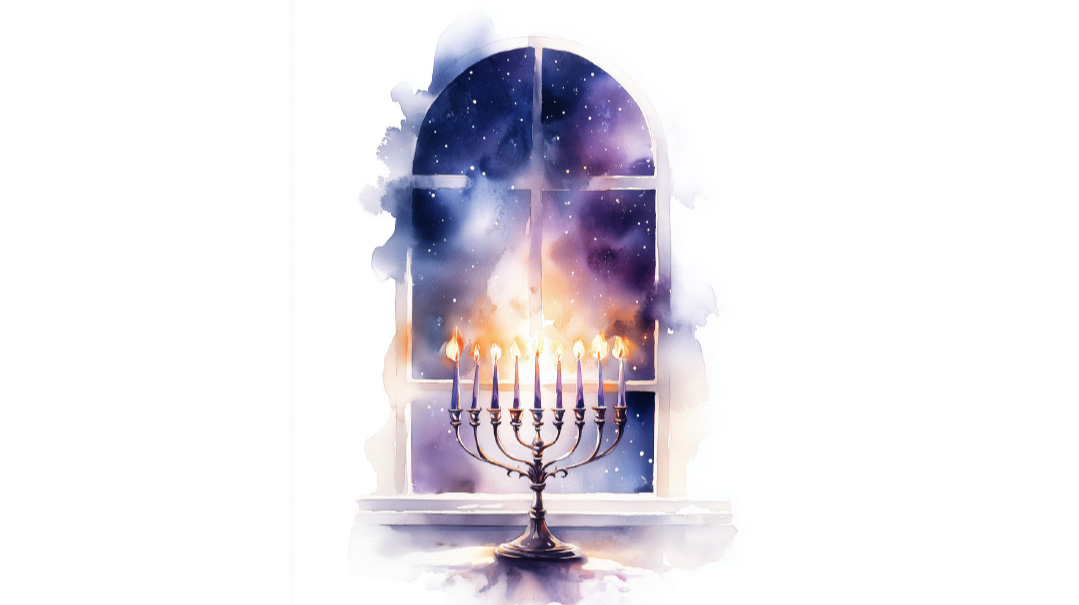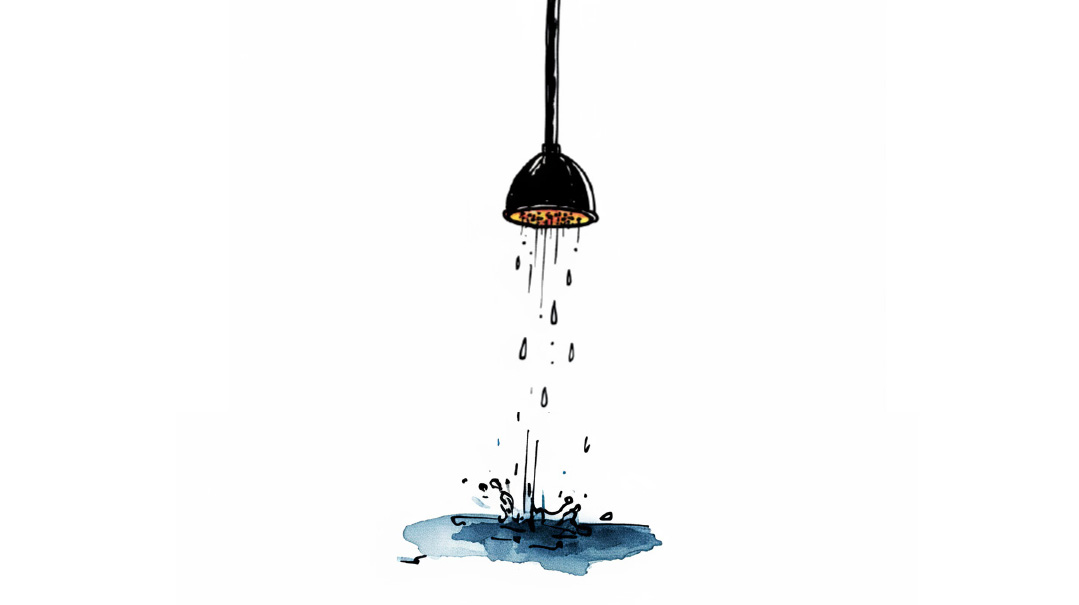Inner Walls of Holiness

Most of my children wanted to put a note in the Kosel, but my ten-year-old hung back

The opening bars of my love song with Yerushalayim began when I was 17 years old and visited the city for the first time. As our cab wound its way up the foothills to the great, beating heart of the Jewish people, my father hummed a niggun about Yerushalayim, the deep baritone of our cab driver joining in. That first trip was a whirlwind of emotions, climaxing during the Kosel tunnel tour at the wall behind which the Kodesh Hakodoshim, the inner sanctum of holiness, once stood.
Two summers ago, my husband and I embarked on a repeat trip with our four children, all newbies to Yerushalayim (as least in passport-stamping capacity). The first day, we took an hour-long bus ride winding through Yerushalayim at a snail’s pace (a rite of passage) from the central bus station through the old city to the Kosel. After we davened Minchah and said Tehillim, most of my children wanted to put a note in the Kosel, but my ten-year-old hung back.
“I’m not sure how to put into words what I want to say,” she mused. She repeated this comment during almost every ensuing trip we made to the Kosel.
Meanwhile, I couldn’t wait to get my family into the tunnel tours to show them how close we could get to the Kodesh Hakodoshim. When the day of our reservation came, I made an incredible discovery: Sometime over the two decades since I’d stood there, the tunnel was made more accessible to the masses. A beautiful shul called Shaarei Teshuvah, just beyond the tunnel’s entrance, served as a shortcut to the tunnel to the Kodesh Hakodoshim. What this meant was that anyone could now daven at that memorable place, just beyond where the Aron, Keruvim, and Hashem’s Shechinah once rested.
The small space included a few rickety plastic chairs and an old bookcase filled with well-loved siddurim. It could hold about ten to 15 people at a time, and I was determined to be one of the few on the Shabbos preceding Tishah B’Av. We were staying in the Old City that weekend, and I felt drawn to the tunnel from the moment the opening bars of Lecha Dodi wafted into my ears in the Kosel’s main plaza. Around 9 a.m. on Shabbos I navigated the way, only to find a group of women being ushered out by guards via the Shaarei Teshuvah door. The area was sealed off for the coming hours. I turned back in disappointment.
On Tishah B’Av morning I tried again, and I was devastated to find that over the entire course of that day, too, the only way in was locked. A guard stood in front of the door, arguing with anyone who tried to gain entry.
As Tishah B’Av came to an end, we took our children into the Kosel plaza as it filled with wall-to-wall people (quite literally). My ten-year-old tapped me on the shoulder and produced a small, lovingly folded, handwritten note.
“I’m ready to deliver this,” she said.
“Now?” I asked incredulously. “We’ve had a dozen trips to the Kosel in the past few weeks and you waited until there are thousands of people here? How do you think we could possibly put this in the Wall now?”
“But we’re leaving tomorrow!” she cried. “Today I finally put my feelings into words. This is my last chance while we’re here.”
I looked at her big brown eyes, brimming with hope, and grabbed her hand. I tried to offer emphatic “excuse me”s to the throngs of people in front of me. When that didn’t work, I folded myself up in the contortionist kind of way one does only when trying to squeeze through to the Kosel. But it proved impossible — people were either not willing or not able to let us through. Suddenly, I had an idea. “Follow me closely,” I instructed my daughters.
I knew where we could get close — not only physically, but spiritually. I was willing to knock on that door one more time. Beelining in the opposite direction of the masses, we headed to the tunnel tour building entrance.
This time the door to Shaarei Teshuvah was open. Why now, after it had been closed Shabbos and locked during so much of Tishah B’Av, I cannot know. All I know is that when we got to the Kodesh Hakodoshim wall chamber, it was practically empty — just a group of six women who had dared to wind their way in. My daughter found a particularly large crack and inserted her note.
Outside, a crowd of thousands of beseeching supplicants davened and sang. And in our quiet underground spot, through a sliver in the wall, we found our way to the Holy of Holies.
(Originally featured in Family First, Issue 905)
Oops! We could not locate your form.







